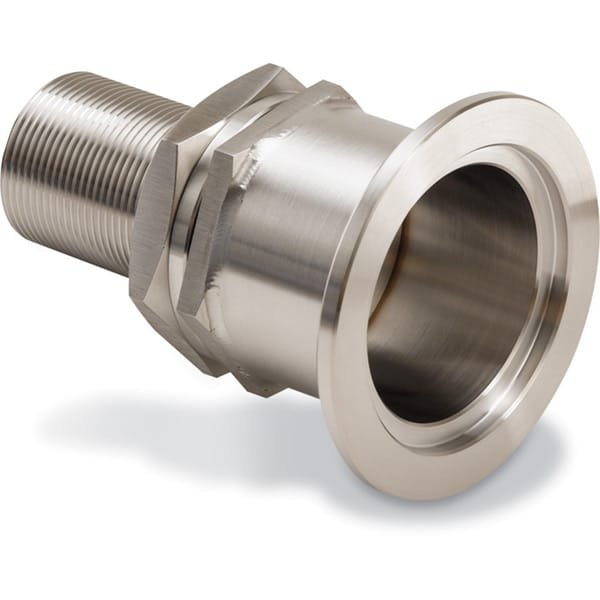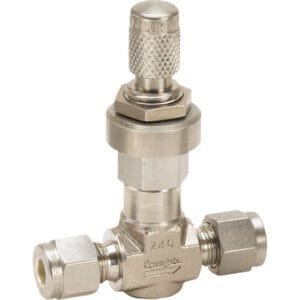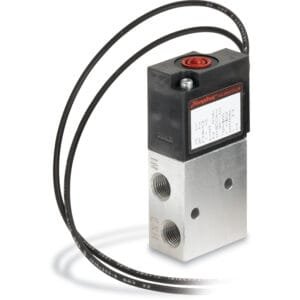KF (QF) to 1x Baseplate Port: Direct KF Flange Integration for Vacuum Chamber Penetrations
The KF (QF) to 1″ Baseplate Port Adapter from TFM is a precision-engineered component that enables a standard KF flange to pass through and seal within a 1-inch diameter baseplate port or chamber wall. Designed for high-vacuum (HV) plumbing, this adapter allows users to establish reliable foreline, roughing pump, or vent line connections directly through a chamber surface without requiring custom welding or bulkhead fittings.
Fabricated from 304 stainless steel, this adapter ensures robust vacuum compatibility, chemical resistance, and long-term performance, even in demanding operational environments.
Key Features of KF (QF) to 1 Baseplate Port Adapter:
Baseplate Port Compatibility
Designed to fit tightly into a 1.00″ diameter hole, commonly found in chamber baseplates or panel openings. Ideal for vacuum system retrofits or modular designs.KF Flange Interface
Available in KF16, KF25, KF40, and other common sizes, supporting direct clamping with centering rings and KF wing-nut clamps.304 Stainless Steel Construction
Provides excellent structural integrity, corrosion resistance, and suitability for bakeable vacuum systems.Simple Installation
The flange is inserted through the hole with the sealing o-ring mounted on the chamber side, providing a reliable vacuum seal without requiring welding or threaded bulkhead fittings.Compact & Versatile
Space-efficient and reusable—perfect for labs or research setups requiring quick access or periodic disassembly.
Applications:
Connecting roughing pumps to vacuum chambers through baseplates
Routing gas inlets, purge lines, or vent valves through standard-sized ports
Simplified HV manifold integration in modular or mobile vacuum systems
Ideal for R&D environments, thin-film systems, and load-lock assemblies
Vacuum chamber ports on analytical equipment such as mass spectrometers or surface science tools
TFM also supplies a full range of KF to hose adapters, test port adapters, and KF to Welch pump connectors, enabling complete and adaptable system builds from chamber to pump.
In summary, the KF (QF) to 1 Baseplate Port Adapter offers a fast, clean, and leak-tight solution for integrating KF flanges into standard baseplate openings. With high-quality stainless steel construction and precision dimensions, it delivers the reliability and modularity demanded in today’s advanced vacuum systems.





Reviews
There are no reviews yet.